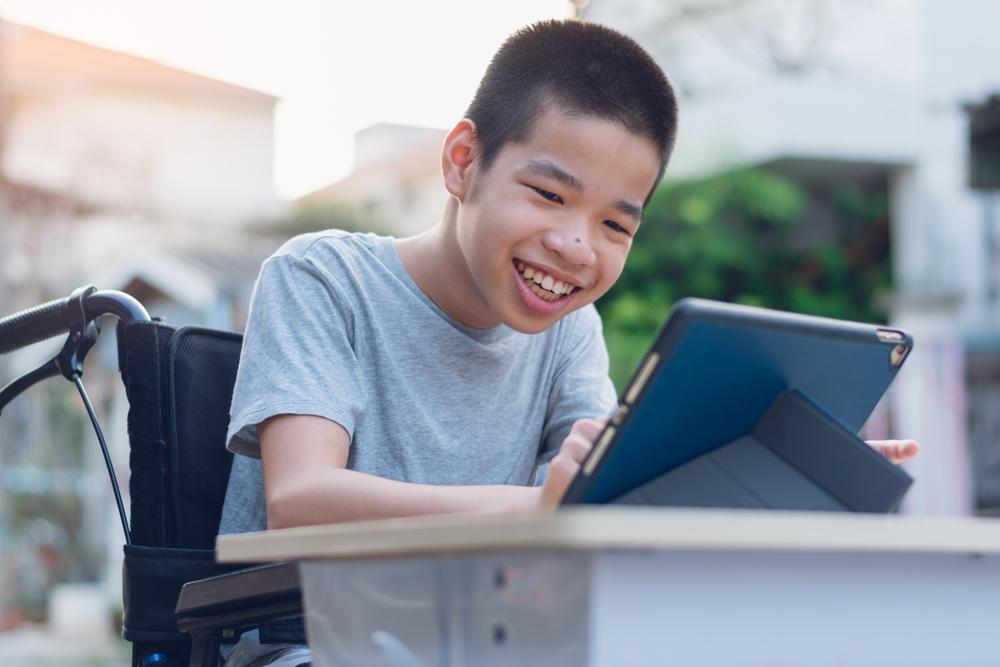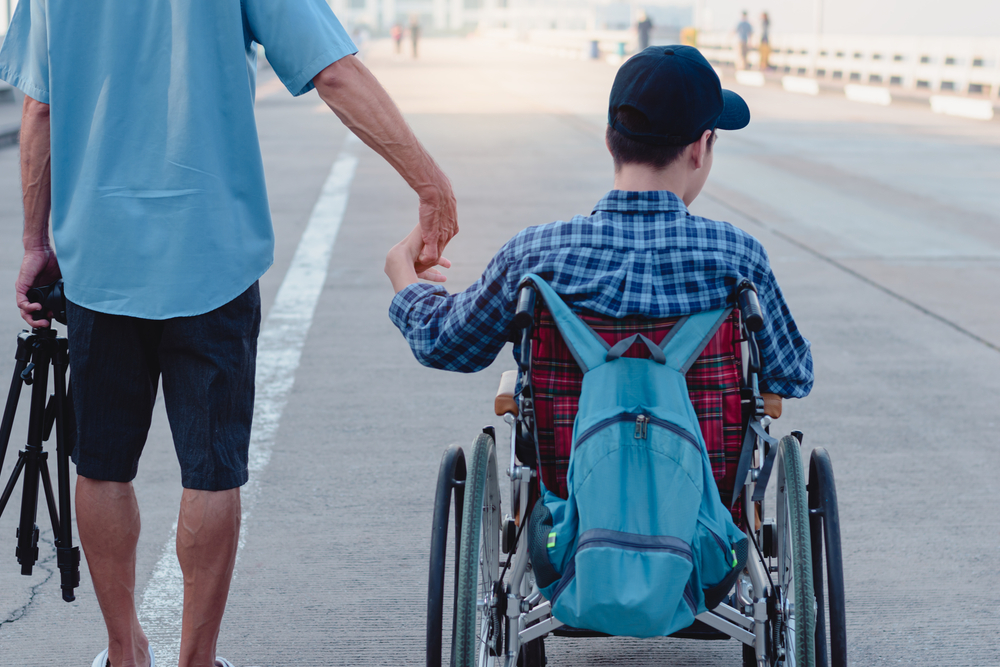Around the world, schools continue to transition to online learning, but for Special Education teachers and students with disabilities, the pandemic is just one more barrier to add to their list of existing challenges.

The estimated total worldwide of those with a disability is roughly 1 billion people, with most of these people (80%) living in developing countries.
A 2016 report from Center on Online Learning and Students with Disabilities found that most learning platforms were inadequately equipped to align with the needs of students with a disability, offering little support and failing to accommodate student needs like focus and multitasking.
But amidst these challenges, we’re seeing incredible student success led by innovative teachers and improving technologies.

Teaching success depends on engagement. In a world of distraction, holding attention is difficult, and in some cases, almost impossible.
Many children and families at risk still don’t have access to a computer or internet, but educators are working hard to eliminate this reality.
The Texas Education Agency purchased one million devices as part of the state’s Operation Connectivity Initiative, which ensures that any student attending public school needing a device and the internet, will have access to them. This has helped all student populations stay connected with teachers and with each other.
Teachers in Lansing, Michigan have committed to ensuring that special education staff who see students, such as physical therapists and psychologists, will continue to stay in contact with students they already work with, to offer lessons. This continuity has reduced stress for the students.

Collaboration through better technology
Teachers in Lansing, Michigan have committed to ensuring that special education staff who see students, such as physical therapists and psychologists, will continue to stay in contact with students they already work with, to offer lessons. This continuity has reduced stress for the students.
Videoconferencing has revolutionized remote teaching and learning for Special Needs students. It allows them to feel more comfortable talking with each other; forces them to be pragmatic and is altering their learning habits. Students who aren’t normally comfortable joining discussions are becoming more vocal and participating more.
And this customizable student technology is also helping Special Educators and parents connect more easily, and this too has improved student engagement in remote conditions where in-person learning was not easily realized.
TTS (Text-to-speech) has been shown to have a positive effect on language fluency and reading comprehension.
STT (Speech-to-text) has been shown to improve word recognition, spelling, and reading comprehension. High school students (with and without) learning disabilities have learned to use speech recognition software with good accuracy, and for students with learning disabilities, essays dictated using speech recognition were better than handwritten essays.
Augmented Reality & Virtual Reality are also helping disabled students experience things they never could before. One study found that learning outcomes when students used a gamified version of a lab increased by 76%, and AR & VR have been shown to increase motivation, promote interaction, develop cognitive skills, and improve short term memory. And teachers agree, with 89% of educators stating they are interested in employing more AR/VR and 360 videos.
The future of education will be a hybrid of in-person and online learning. Students will be offered more learning options and creating the right balance for students will continue to advance Special Needs learning success.